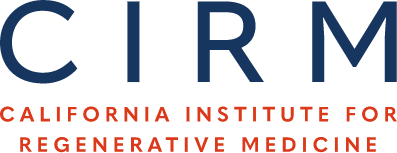Recombinant Bispecific Antibody Targeting Cancer Stem Cells for the Therapy of Glioblastoma
Glioblastoma multiforme is the most prevalent and aggressive type of brain tumor, and devastating to any patient unfortunate enough to receive its diagnosis. As the most populous state in the…



